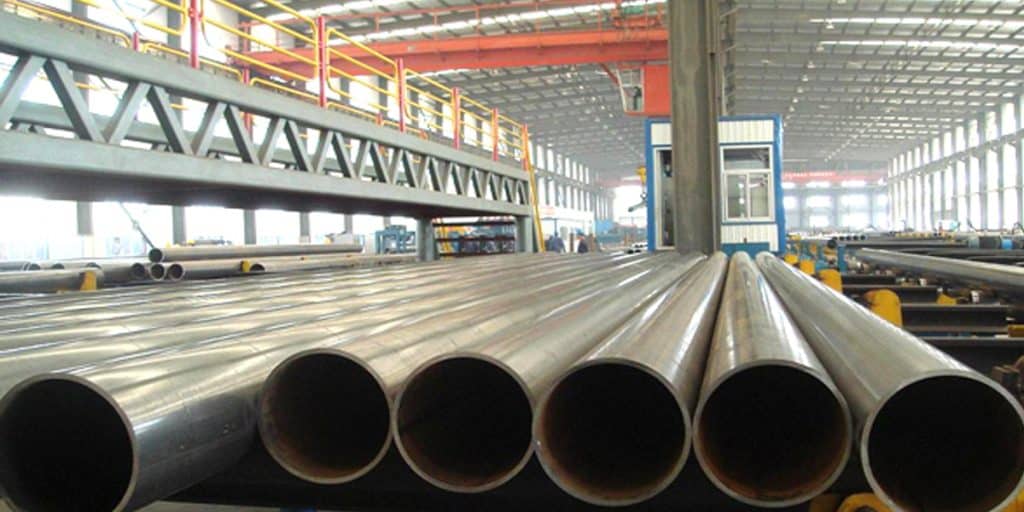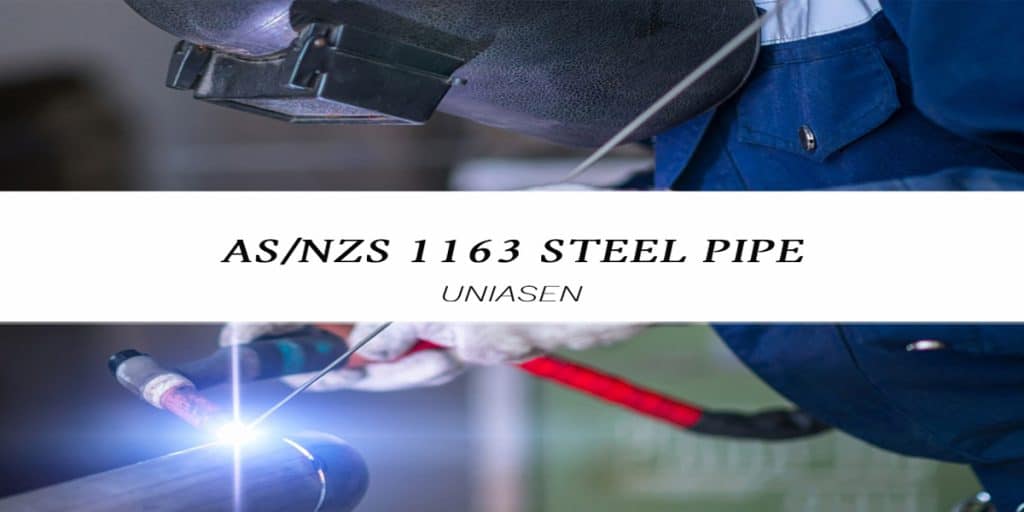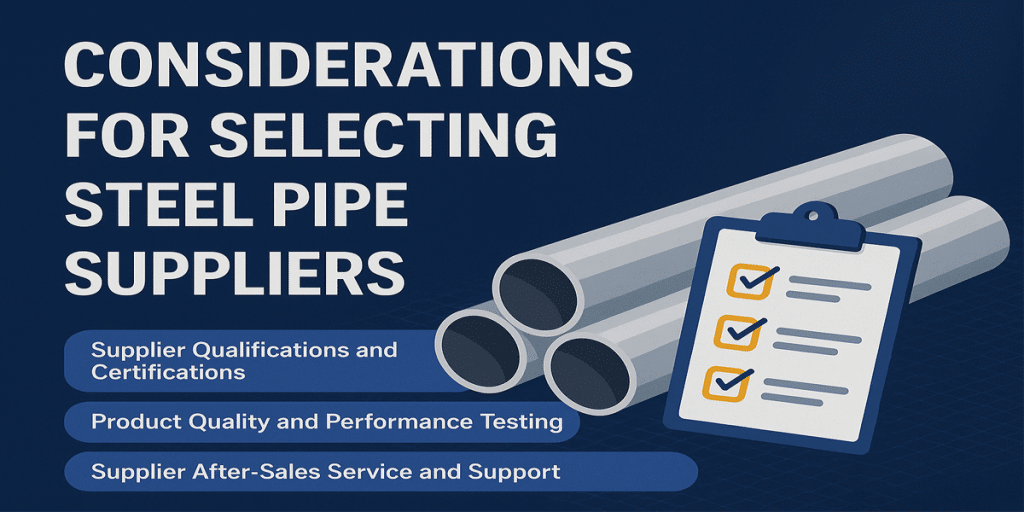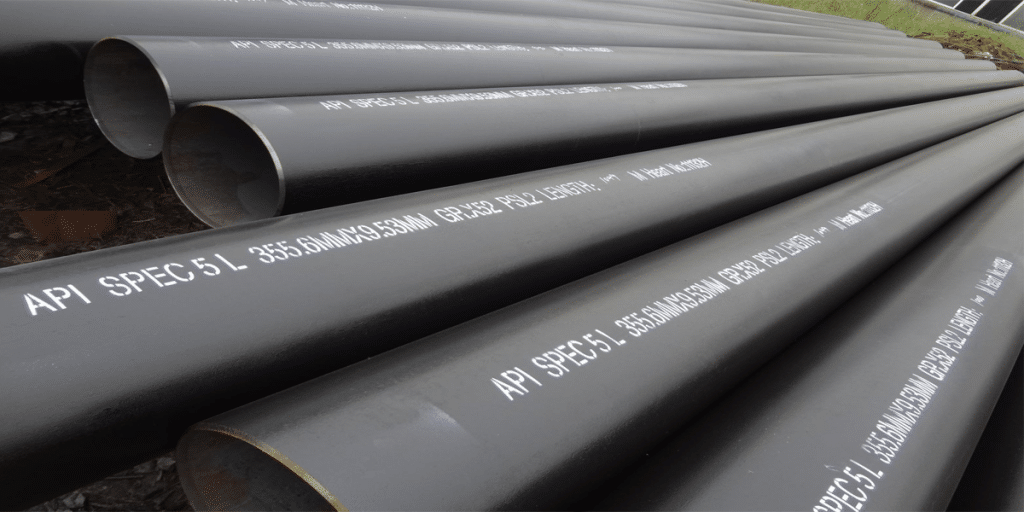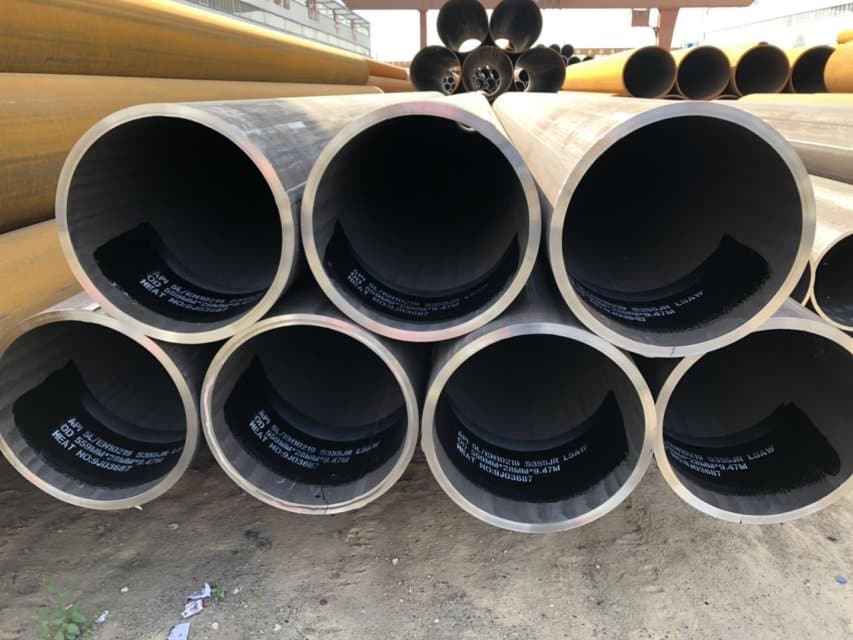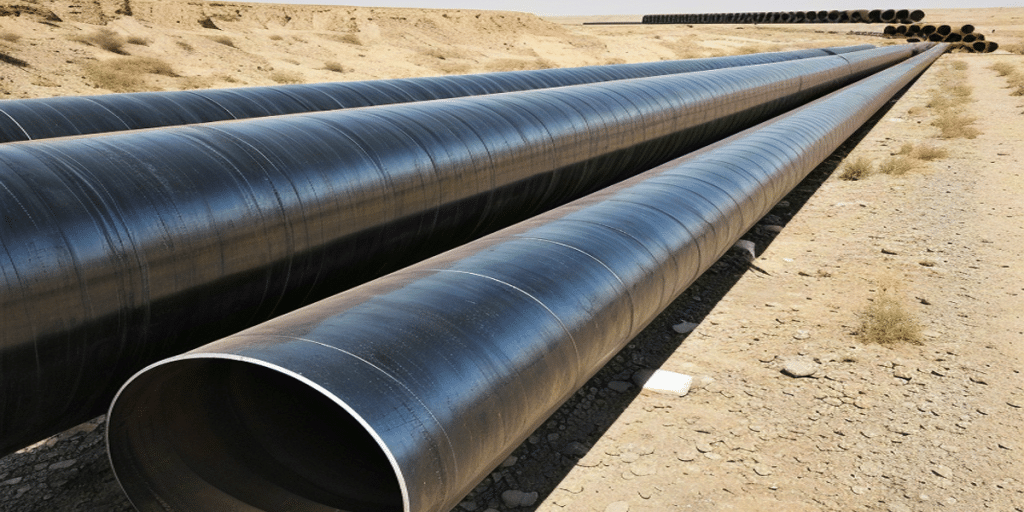- 1. Why Are Bend and Flattening Tests Necessary?
- 2. Specific Requirements in the ASTM A53 Standard
- 3. Step-by-Step Guide to the Bend Test
- 4. Step-by-Step Guide to the Flattening Test
- 5. Customer Pain Points and Procurement Risks
- 6. LONGMA’s Quality Control Advantages
- 7. Summary: How Should Customers Choose?
- 8. Contact Us
When procuring ASTM A53 welded or seamless steel pipes, the top concerns for customers are always: Is the pipe reliable? Can it withstand the pressure and deformation in actual service conditions? The ASTM A53/A53M standard not only specifies chemical composition and mechanical properties but also clearly defines two critical physical tests—Bend Test and Flattening Test. These two tests directly verify the ductility, toughness, and weld quality of steel pipes, preventing serious accidents such as fracture or leakage during use.
This guide provides a comprehensive understanding of bend and flattening tests from multiple perspectives, including test purposes, implementation steps, ASTM A53 standard requirements, and customer risk mitigation. Combined with the advantages of the LONGMA brand, it helps you make safer and more reliable procurement decisions.
Why Are Bend and Flattening Tests Necessary?
- Bend Test: Simulates the scenario where pipes are subjected to bending loads during installation or service, verifying their ductility and weld toughness.
- Flattening Test: Evaluates the pipe’s strength and defect sensitivity under deformation by applying radial compression to the pipe.
- Customer Value:
- Ensures the pipe will not crack due to internal defects or weld issues.
- Reduces the risk of rework and accidents for the buyer in later stages.
- Serves as a “hard criterion” for buyer acceptance, as it is intuitive, low-cost, and effective in identifying potential problems.
Specific Requirements in the ASTM A53 Standard
Per ASTM A53/A53M-20 §9.2 and §9.3:
- Bend Test: Applicable to small-diameter pipes with NPS 2 or smaller. The sample shall be bent to 90°, and no cracks are allowed on the outer surface.
- Flattening Test: Applicable to pipes with NPS larger than 2. The sample shall be compressed to a specified distance, and no cracks are allowed at the weld.
| Test Item | Applicable Size | Standard Requirement | Acceptance Criteria |
| Bend Test | NPS 2 or smaller | Bend to 90° | No cracks on the outer surface |
| Flattening Test | NPS > 2 | Compress to specified height | No cracks on weld or base metal |
Step-by-Step Guide to the Bend Test
- Sample Preparation: Cut a sample from the finished pipe, with a length of 2 to 3 times the pipe diameter.
- Positioning: Place the weld on the outer side of the 90° tension zoneduring the test to inspect weld quality.
- Applying Bending Force: Slowly bend the sample to 90° without impact loading.
- Observation and Recording: Check for cracks or openings on the outer surface of the bent sample.
Result Interpretation
- If no cracks are present, the sample is deemed qualified.
- If cracks appear, it indicates insufficient ductility in the weld or base metal, and the pipe shall be rejected or re-inspected.
Step-by-Step Guide to the Flattening Test
- Sample Preparation: Cut an annular pipe section of approximately 50mm in length from the steel pipe.
- Loading Equipment: Use a compressor or hydraulic press for gradual compression.
- Compression Requirements: Per ASTM A53 §9.3, compress the sample to the specified height in two stages:
- Stage 1: Compress the pipe diameter to a critical value to verify weld integrity.
- Stage 2: Continue compressing until the sample is nearly flat to verify the plasticity of the base metal.
- Acceptance Criteria: The sample is qualified if no cracks or delamination occur in the weld or base metal within the specified compression range.
Customer Pain Points and Procurement Risks
- Pain Point 1: Concerns about weak welds → The bend test directly reveals issues such as weld brittleness.
- Pain Point 2: Concerns about unstable pressure resistance of pipes → The flattening test ensures the pipe maintains integrity under load-induced deformation.
- Pain Point 3: Concerns about suppliers cutting corners → Request Material Test Certificate (MTC)plus bend/flattening test reports to avoid false claims.
These tests are not formalities—they are reliable evidence for customers to mitigate risks during acceptance.
LONGMA’s Quality Control Advantages
As a steel pipe manufacturer with over 20 years of experience, LONGMA is equipped with a full set of testing equipment (including hydrostatic, bend, flattening, and Non-Destructive Testing (NDT) equipment) in its in-house laboratory. Our advantages include:
- Full-Process Testing: Every batch of steel pipes undergoes bend/flattening tests in accordance with ASTM A53, and test records are retained.
- In-House Laboratory Capabilities: Equipped with hydraulic presses, universal testing machines, and metallographic analysis equipment to ensure traceable test results.
- Third-Party Witnessing: Supports customers in inviting institutions such as Bureau Veritas (BV), SGS, and TÜV to witness tests, ensuring test authenticity.
- Complete Quality Documentation: Provides MTC, test records, images, and inspection reports to help customers pass final acceptance smoothly.
Choosing LONGMA means you not only get steel pipes compliant with ASTM A53 but also a comprehensive quality assurance system.
Summary: How Should Customers Choose?
Key Q&A
- For pipes with NPS ≤ 2, ASTM A53 requires a Bend Test.
- For pipes with NPS > 2, a Flattening Testis mandatory.
- Both tests are required by the standard and serve as the most direct way for customers to ensure quality.
Procurement Recommendations
- Request suppliers to include bend/flattening test data in the Mill Test Certificate (MTC) for factory inspection.
- For critical projects, consider adding third-party witnessing to avoid delivery risks.
- Choose manufacturers with in-house laboratories and full-process testing capabilities(such as LONGMA) to better mitigate project risks.
Contact Us
If you are looking for welded/seamless steel pipes compliant with ASTM A53, supported by complete testing and documentation, please contact LONGMA immediately. We will provide you with professional selection advice, detailed inspection plans, and one-stop supply support.

